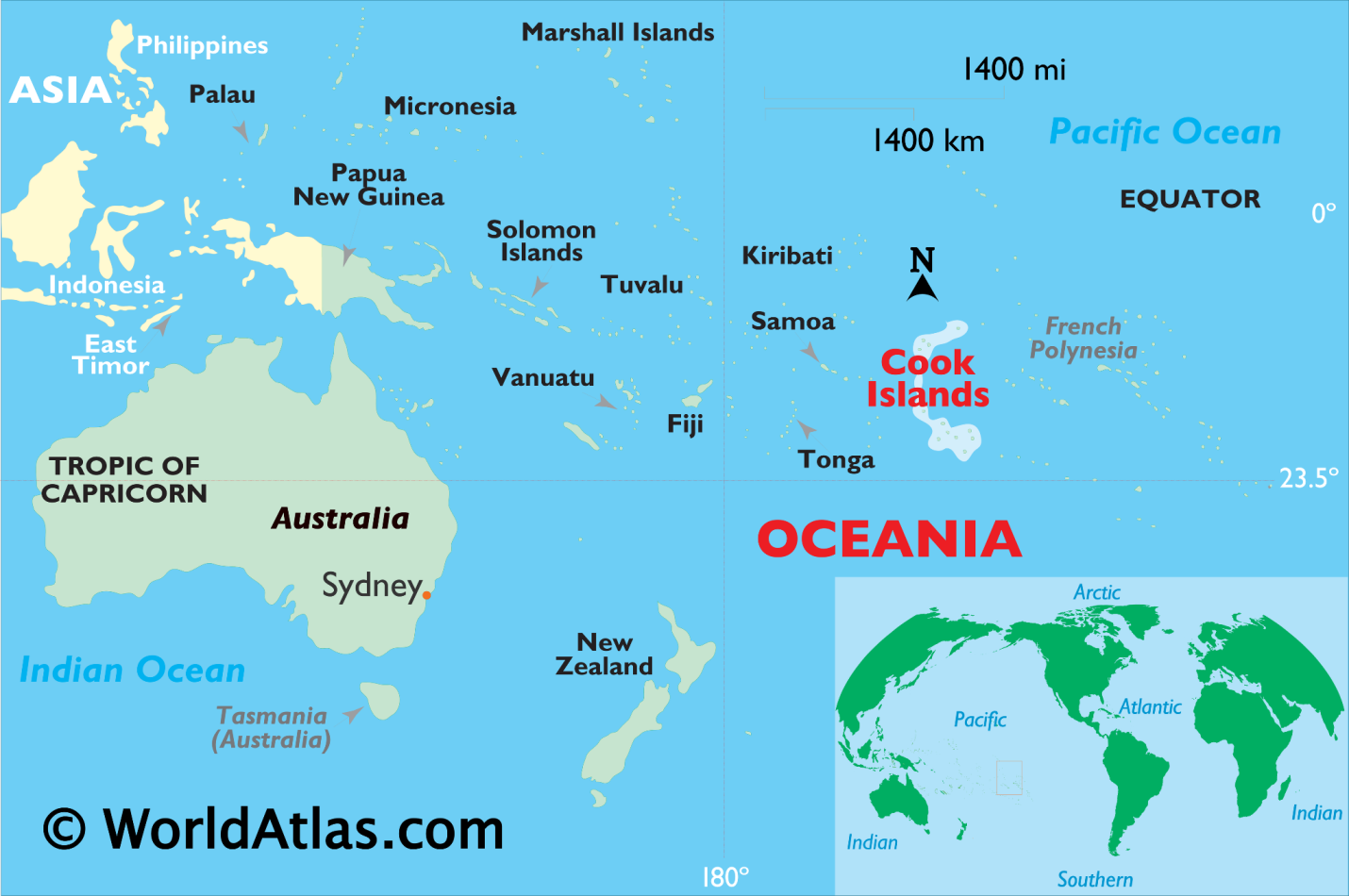Free Courses Sale ends Soon, Get It Now


Free Courses Sale ends Soon, Get It Now


 Copyright infringement not intended
Copyright infringement not intended
Picture Courtesy: https://www.nytimes.com/2024/05/09/world/asia/cook-islands-seabed-mining.html
Context: The Cook Islands' proposal to conduct seabed mining to extract minerals for electric car batteries has sparked debate between supporters who emphasise economic benefits and lower dependence on fossil fuels and opponents who are concerned about potential environmental damage.
Details
Environmental Concerns
About Cook Island
|
The Cook Islands operates under self-governance but is in free association with New Zealand. Since the beginning of the 21st century, the Cook Islands have managed its own independent foreign and defence policies, although it relies on New Zealand for external defence. |

Source:
|
PRACTICE QUESTION Q. Some experts argue that seabed mining could be a more sustainable alternative to terrestrial mining, as it avoids land degradation and displacement of communities. Evaluate the validity of this argument, considering factors such as energy consumption, carbon footprint, and potential for habitat restoration in both scenarios. |
https://t.me/+hJqMV1O0se03Njk9
© 2024 iasgyan. All right reserved